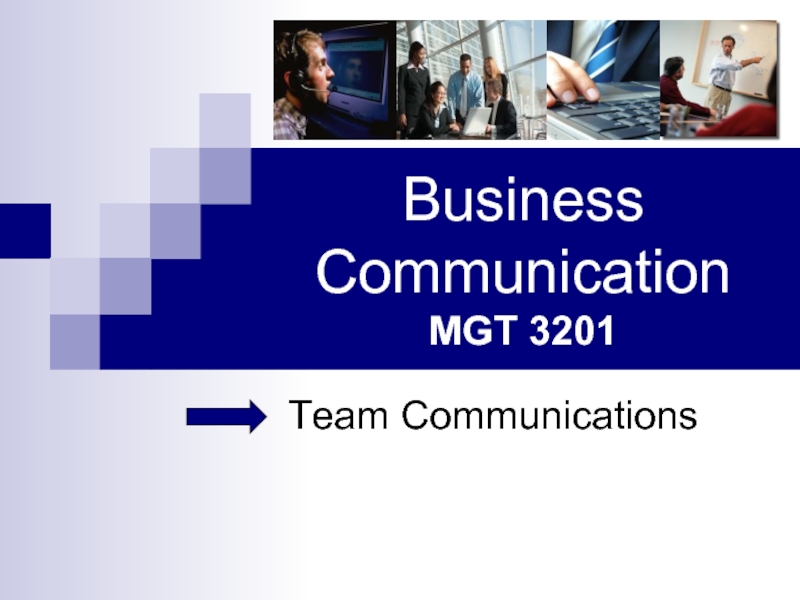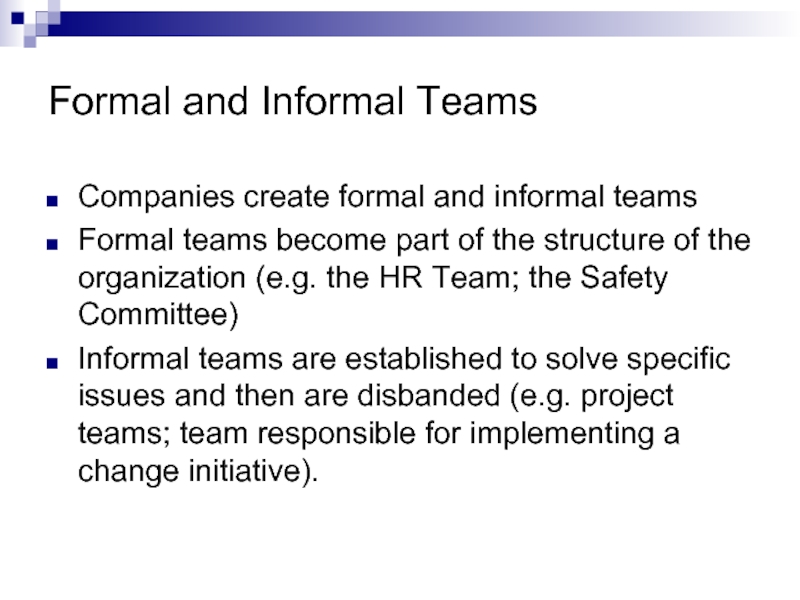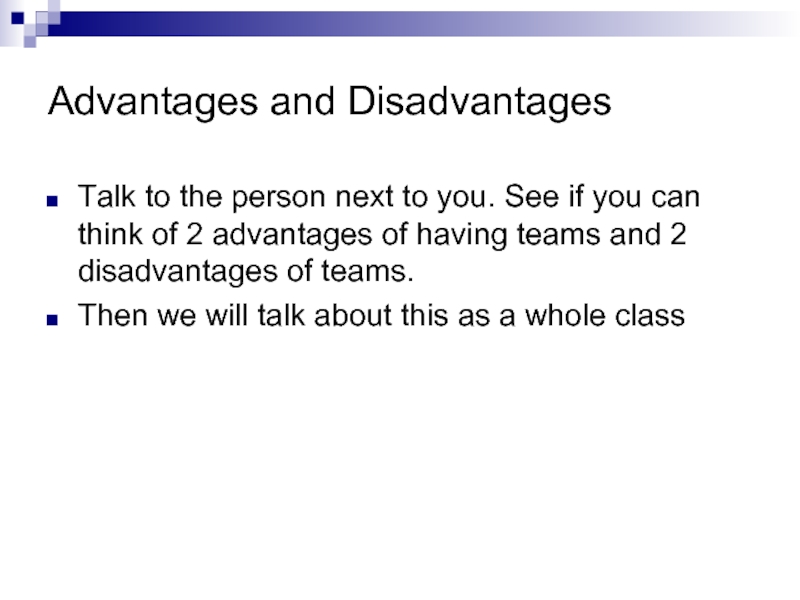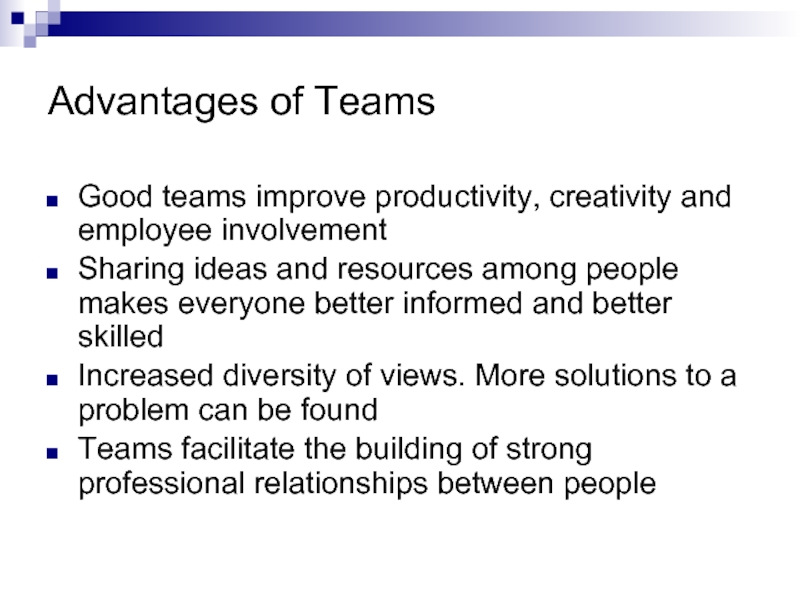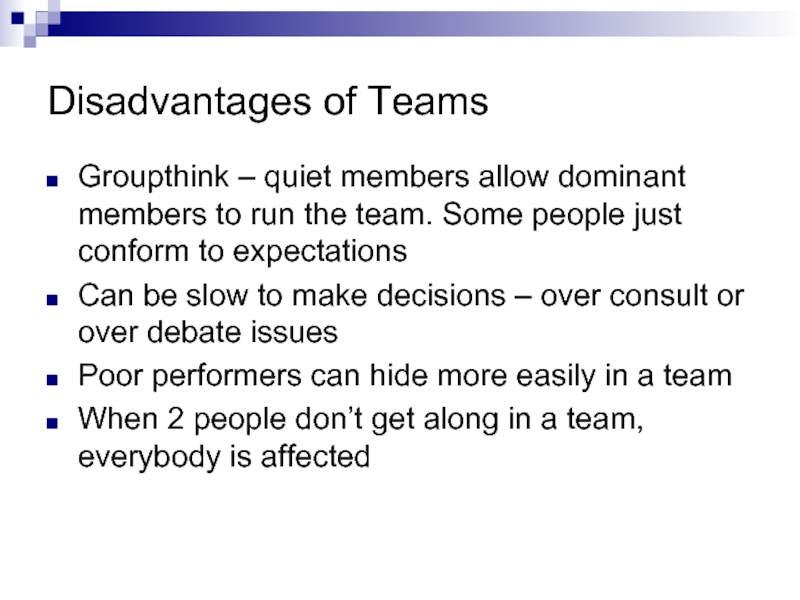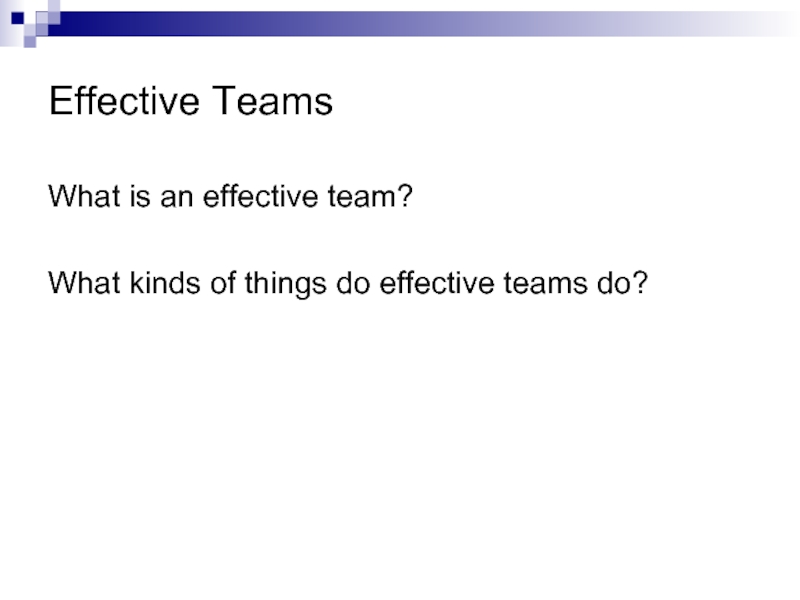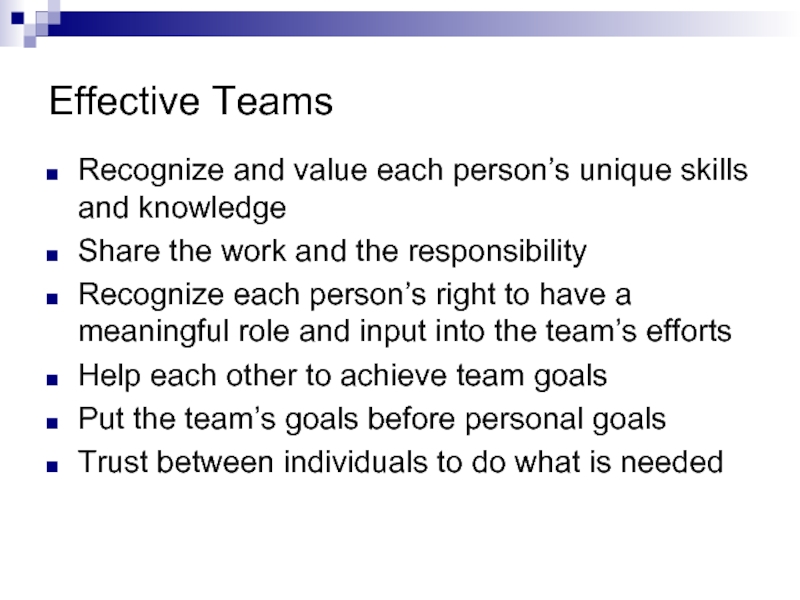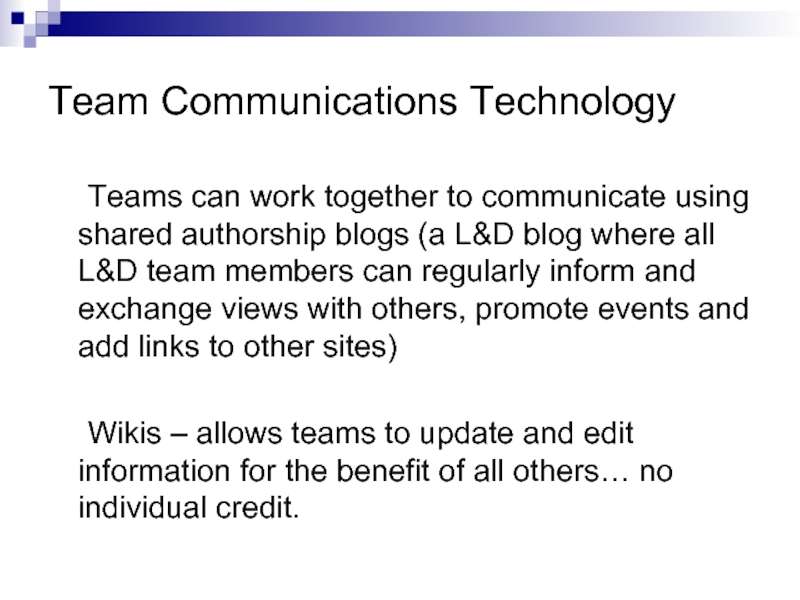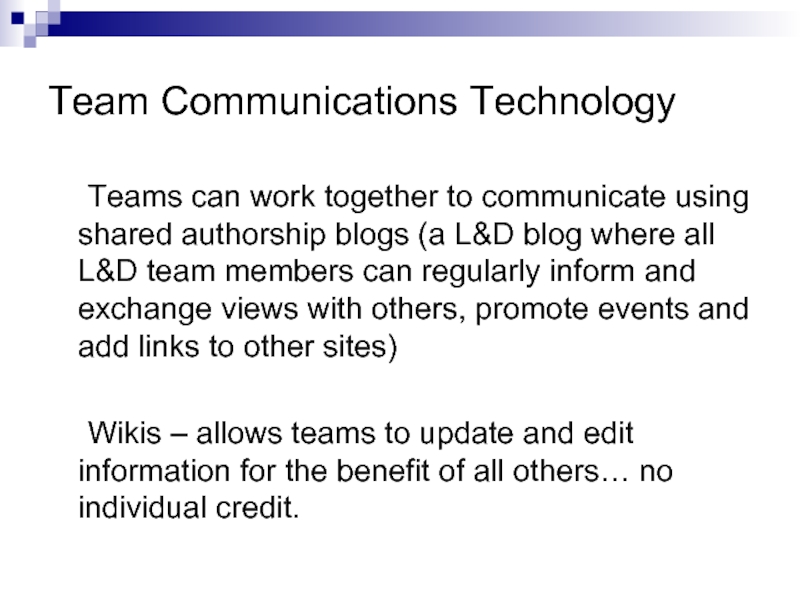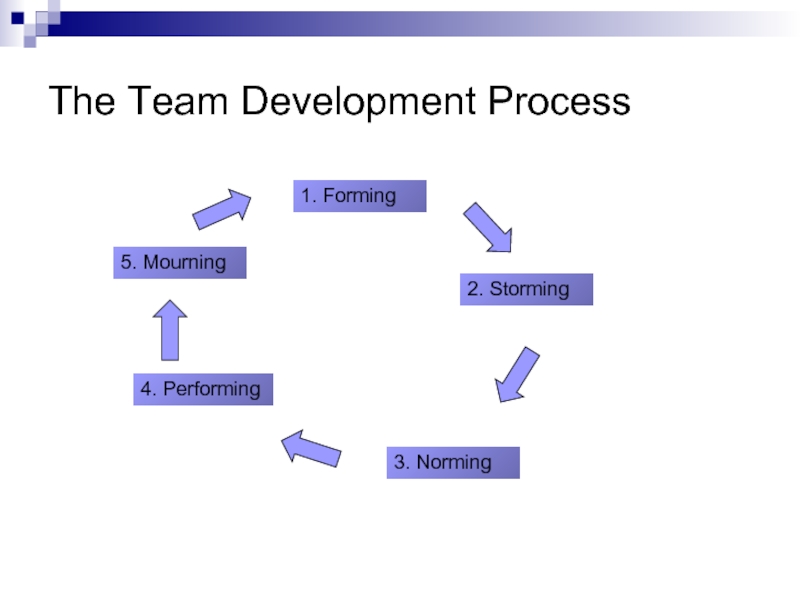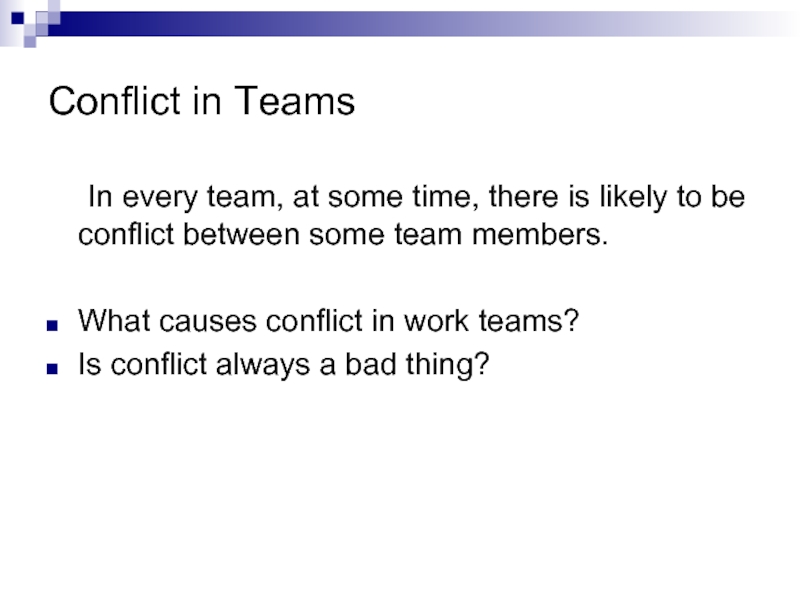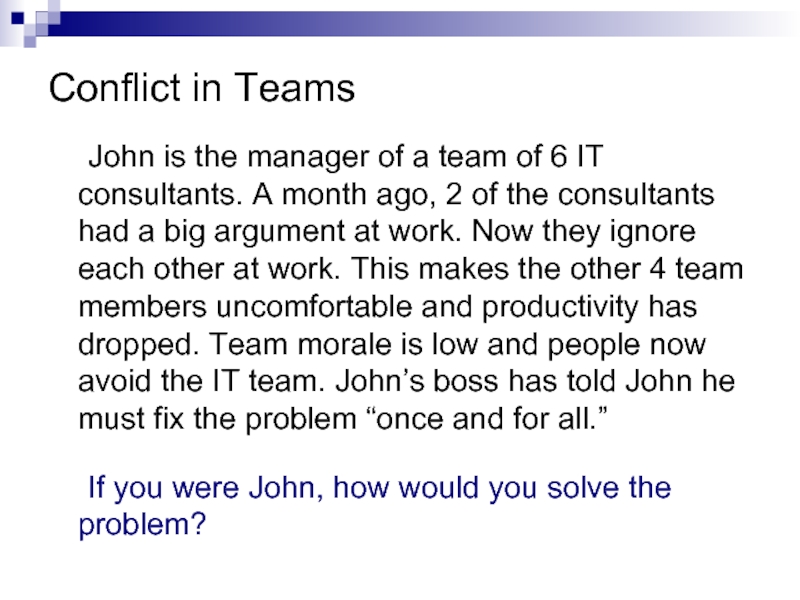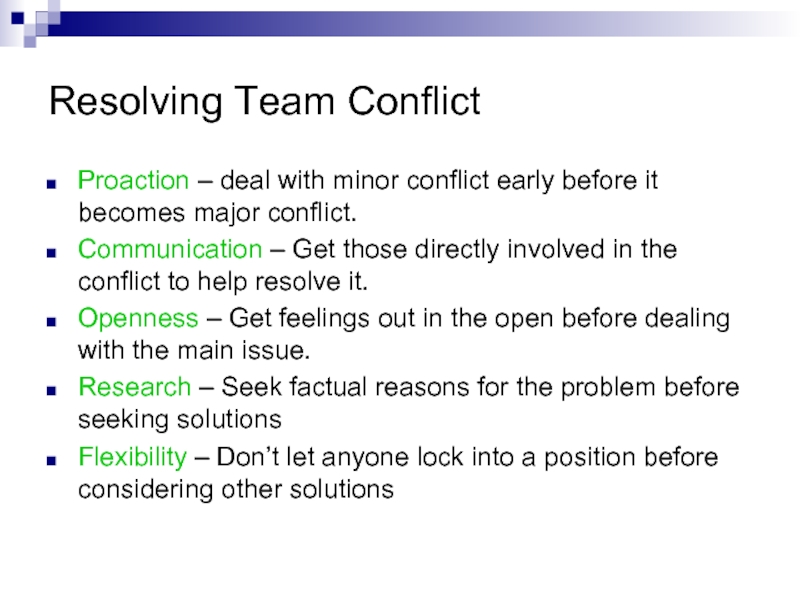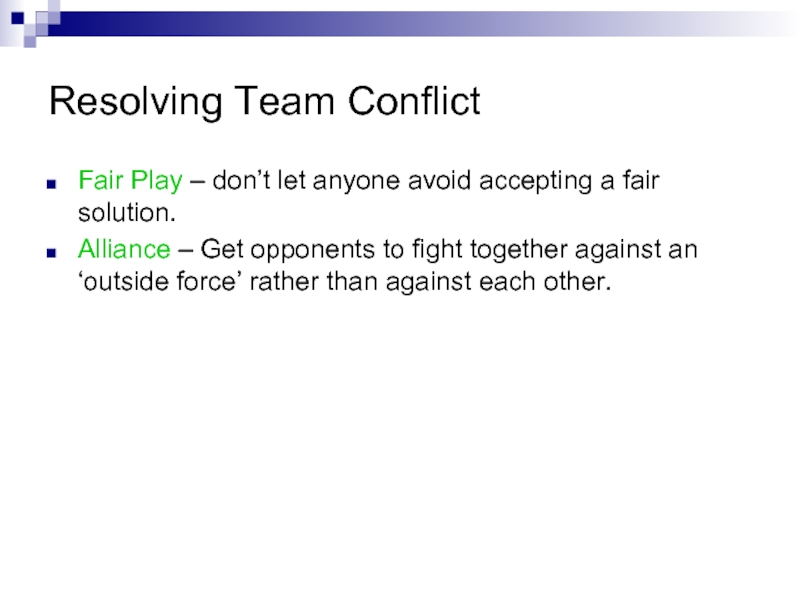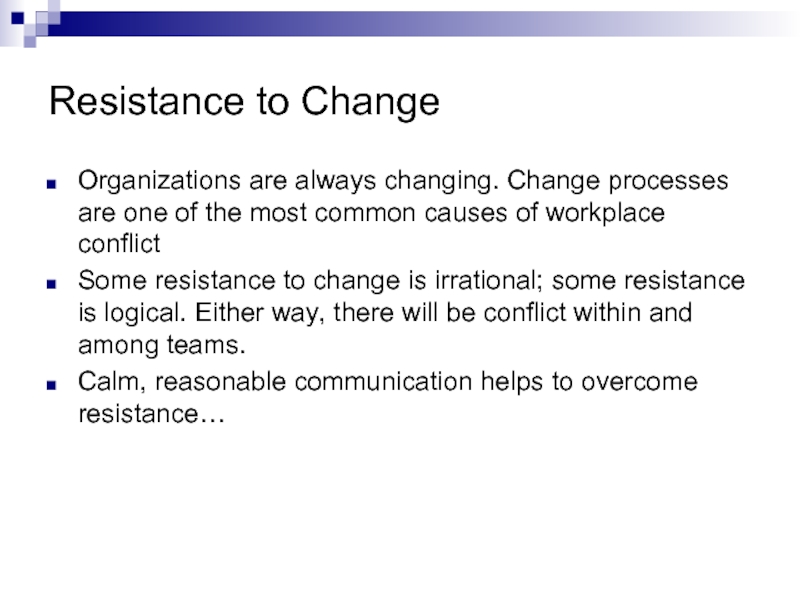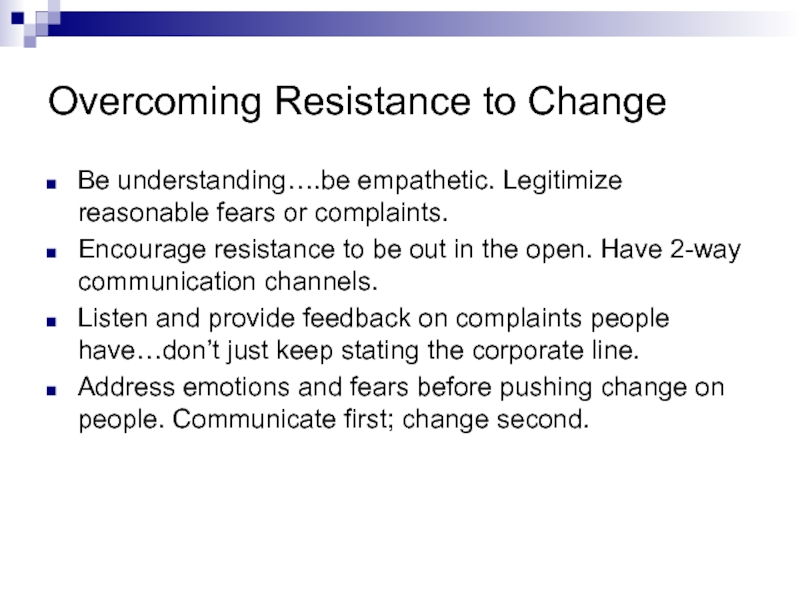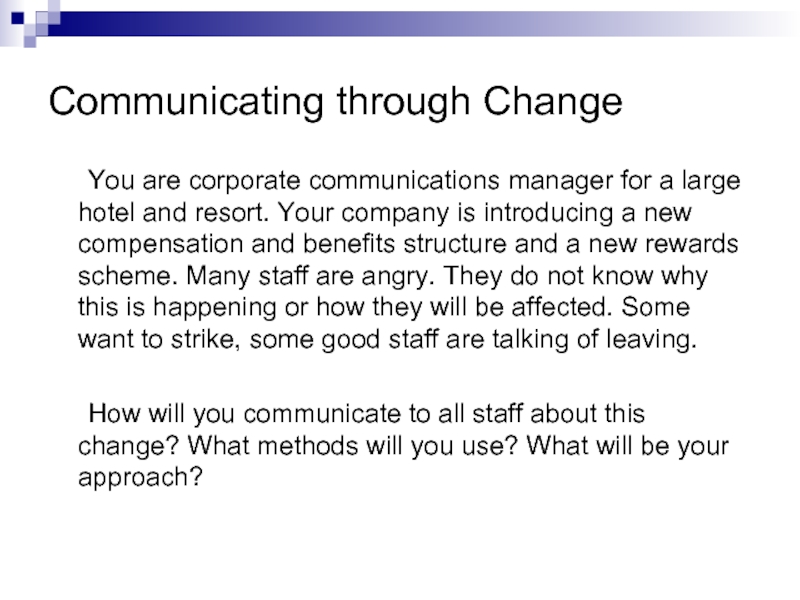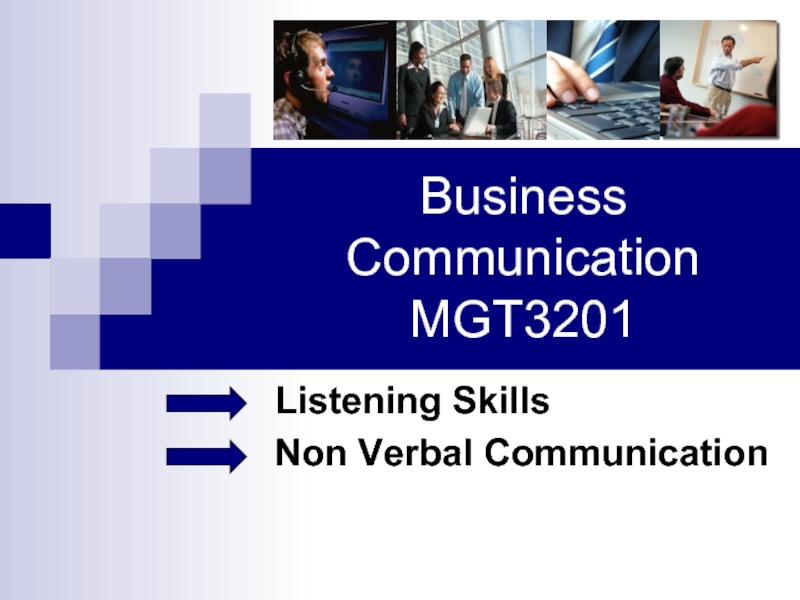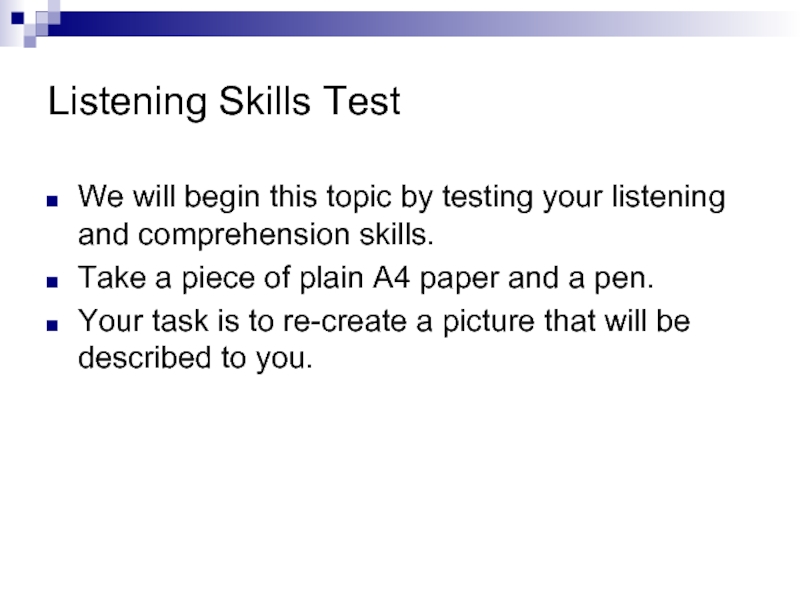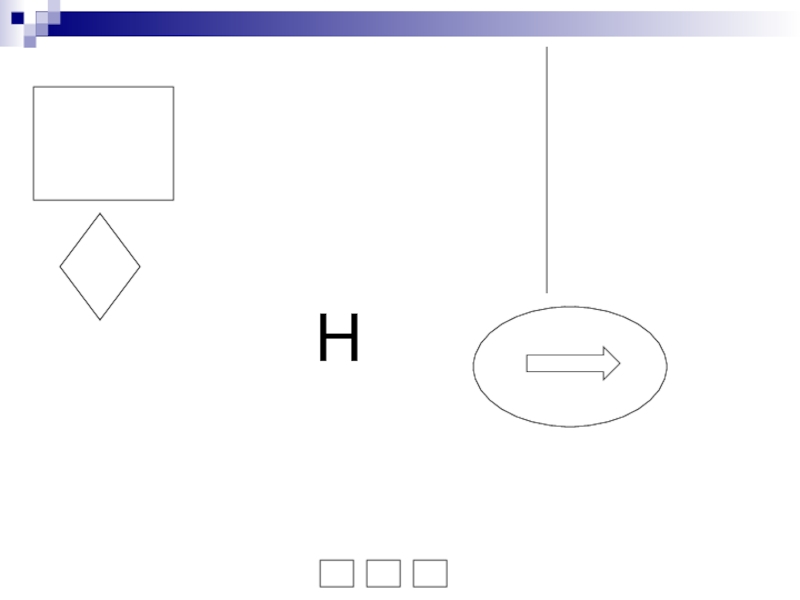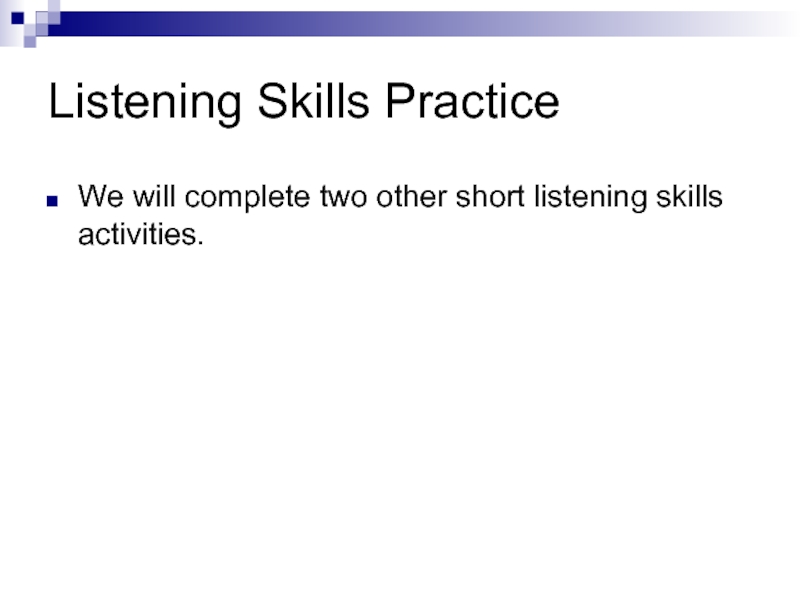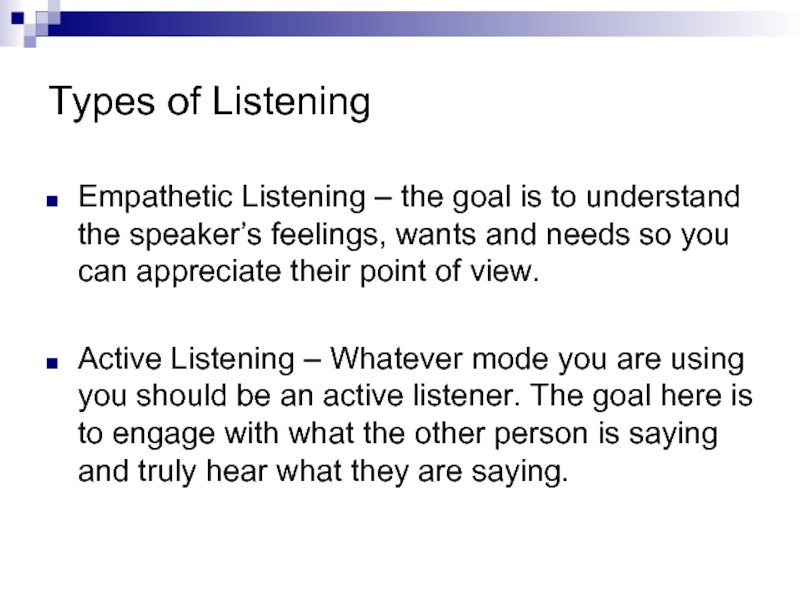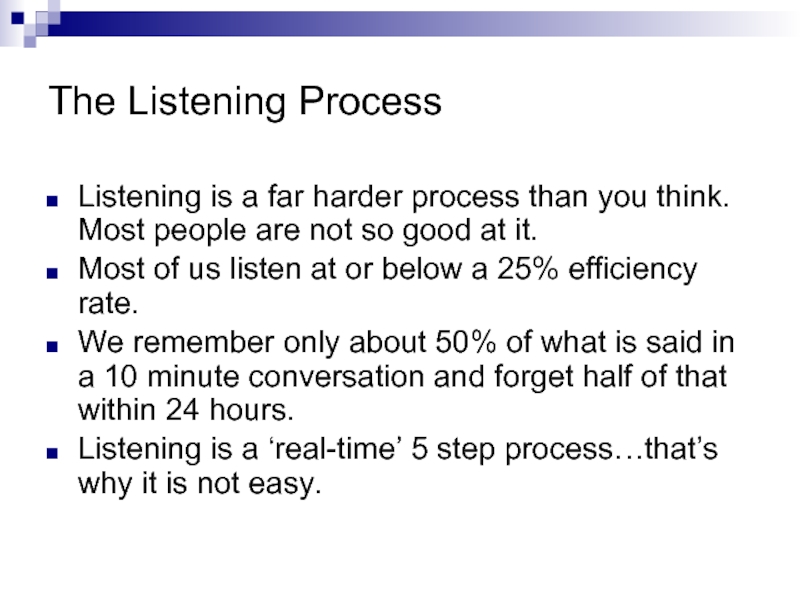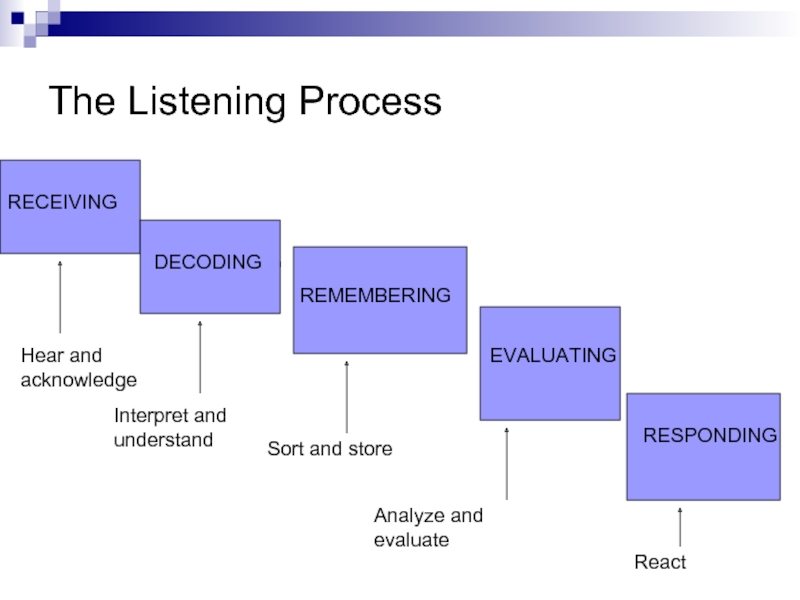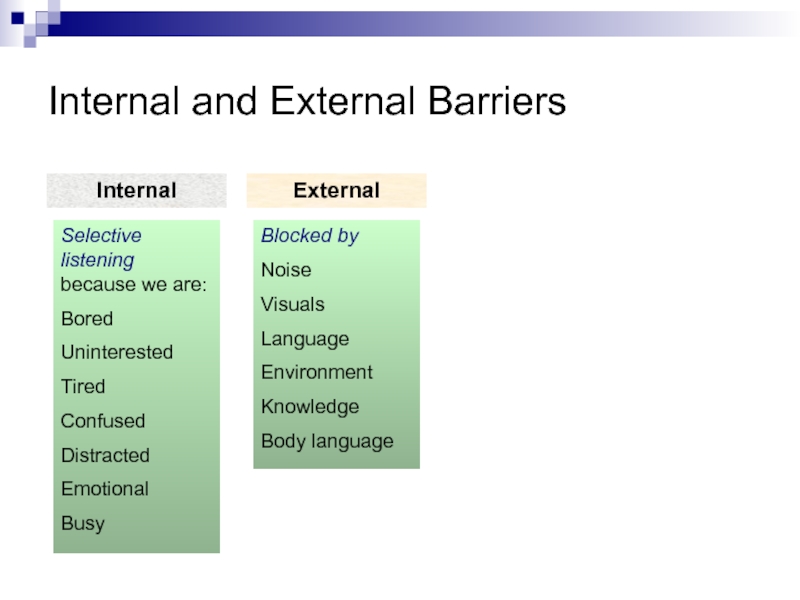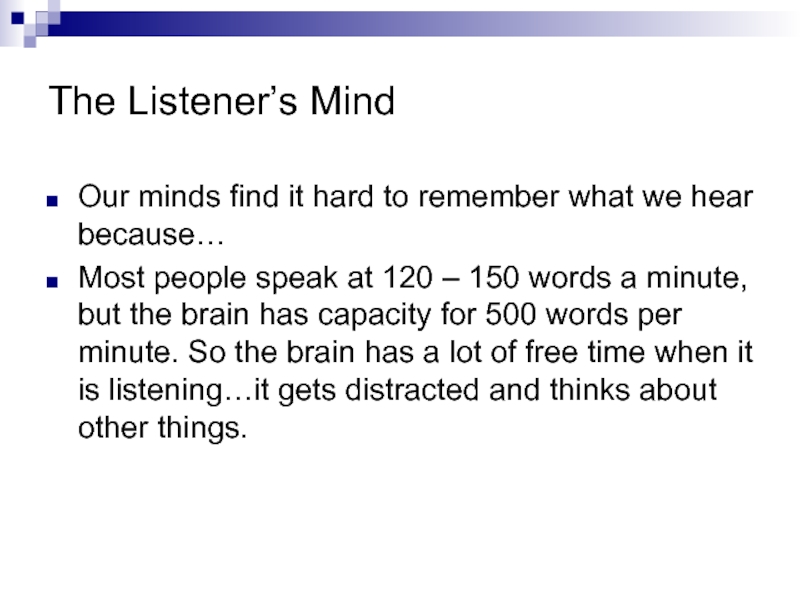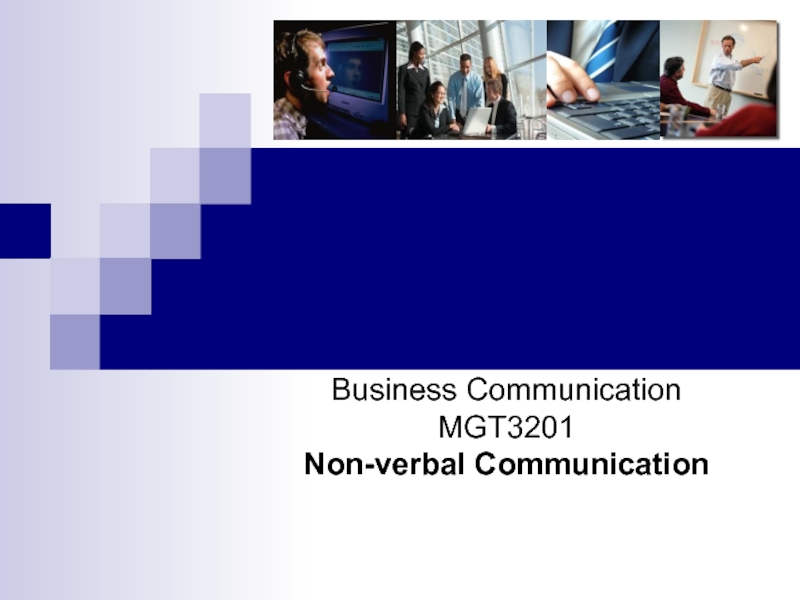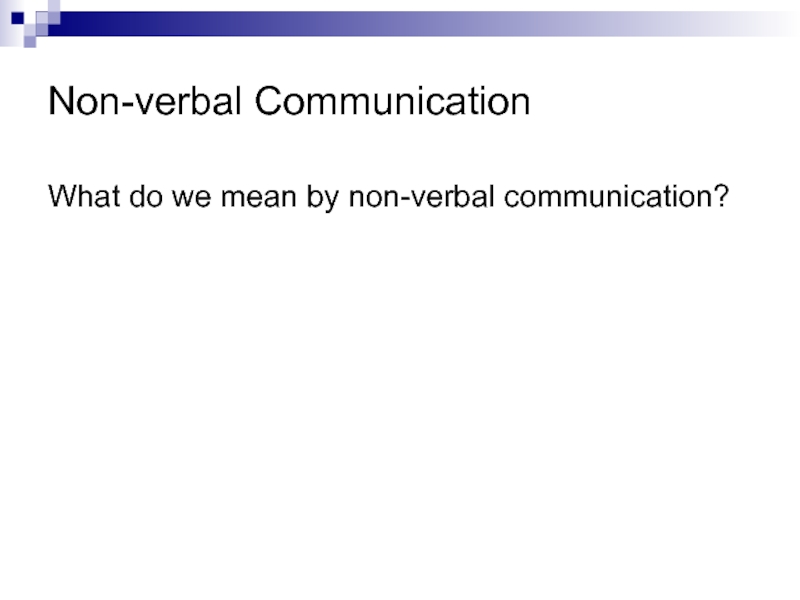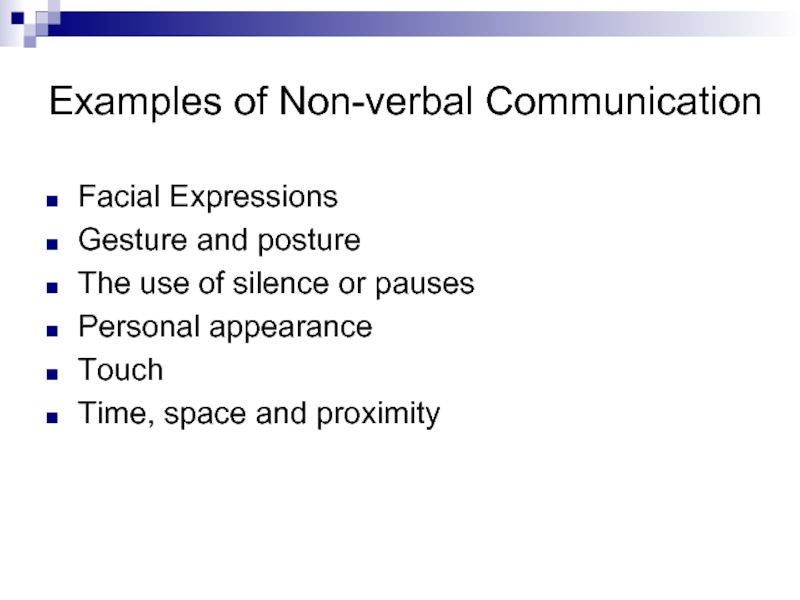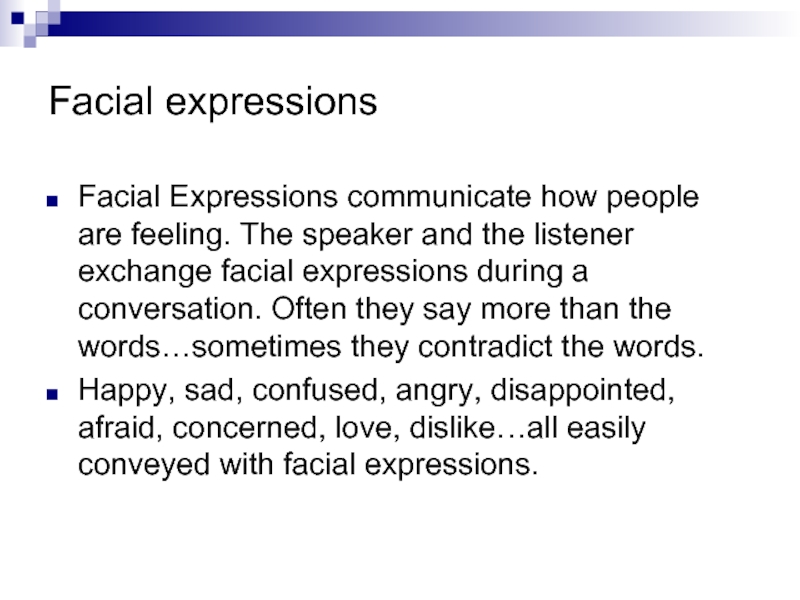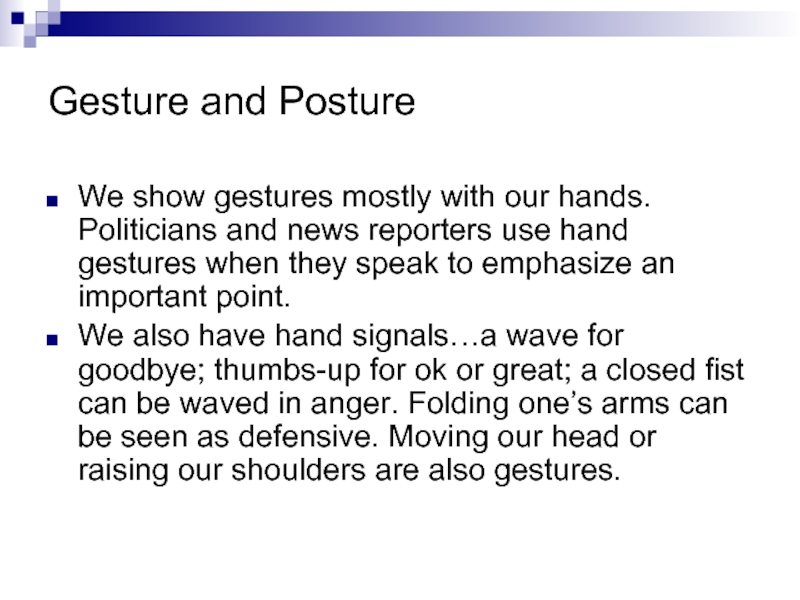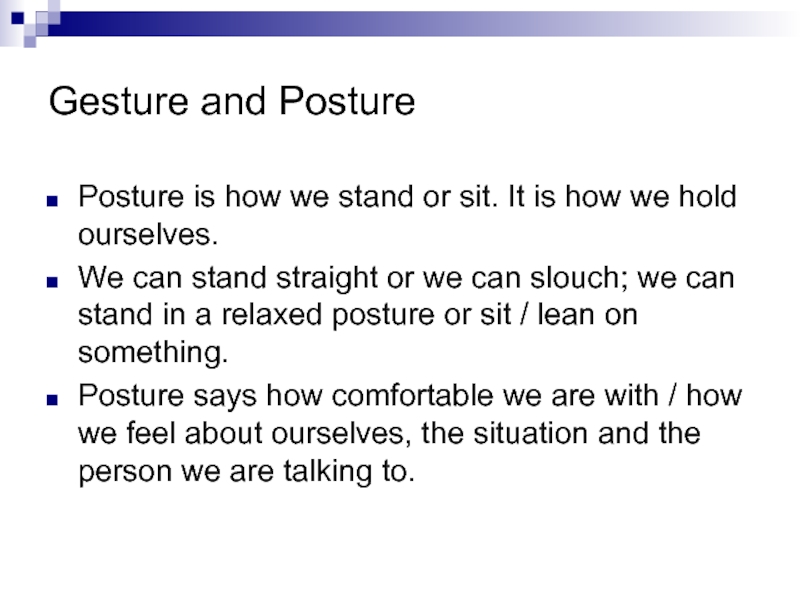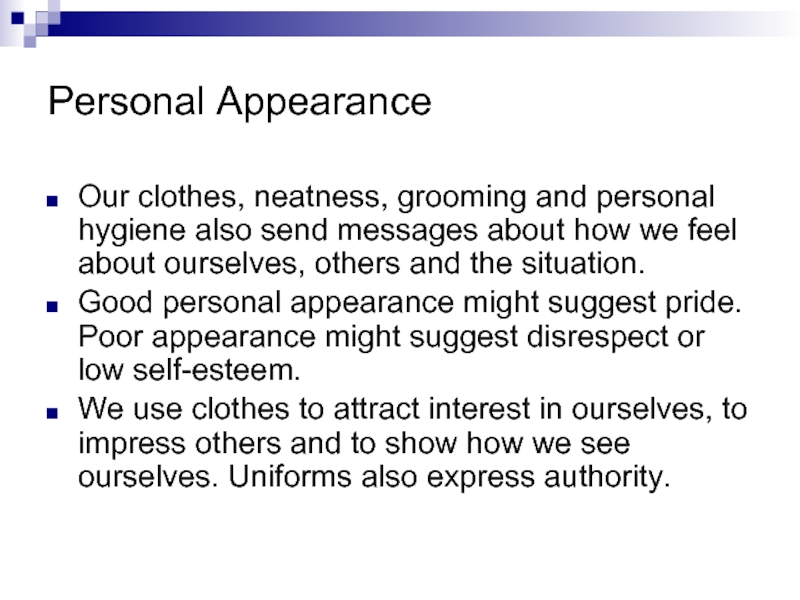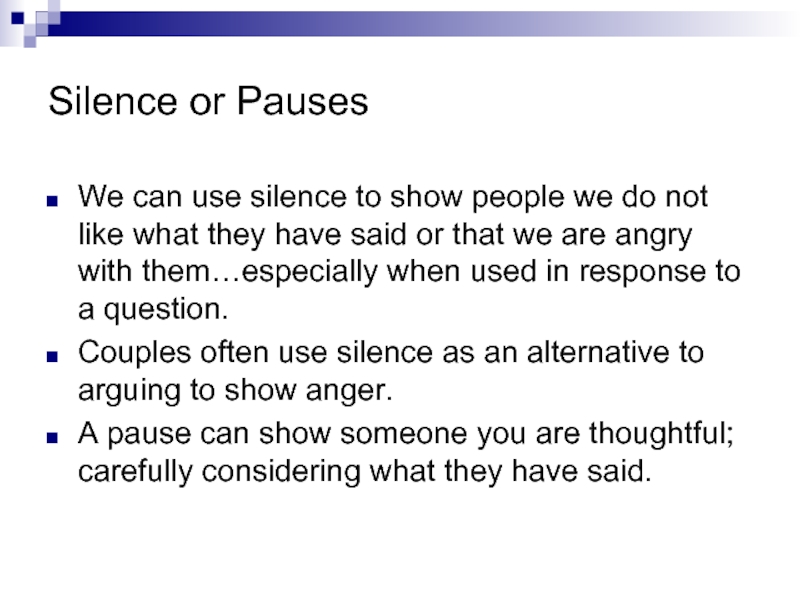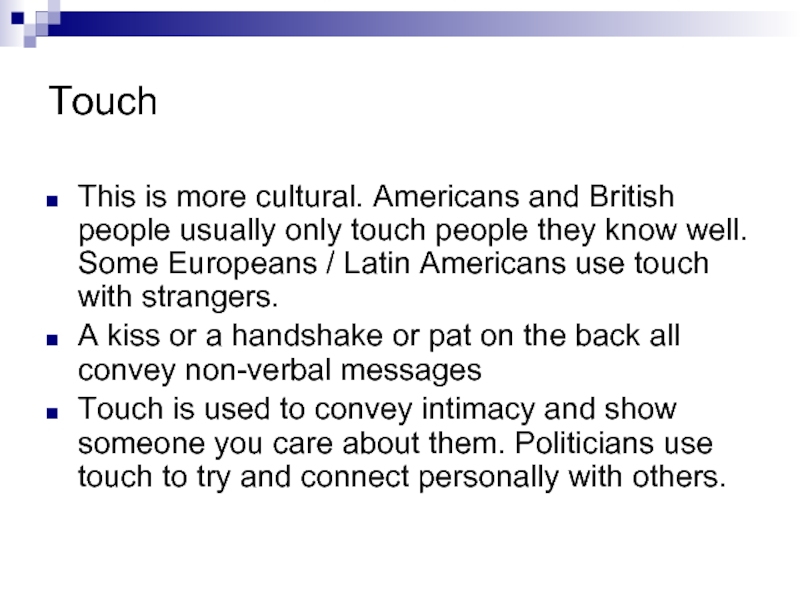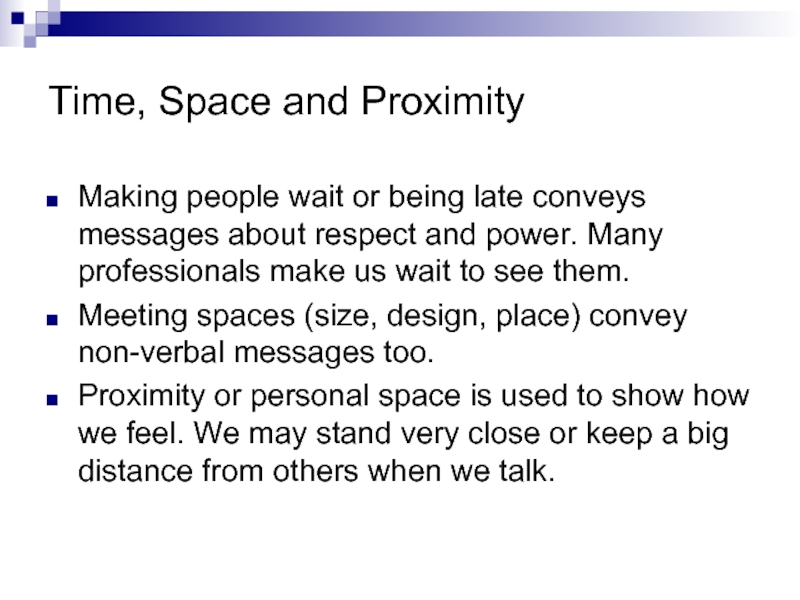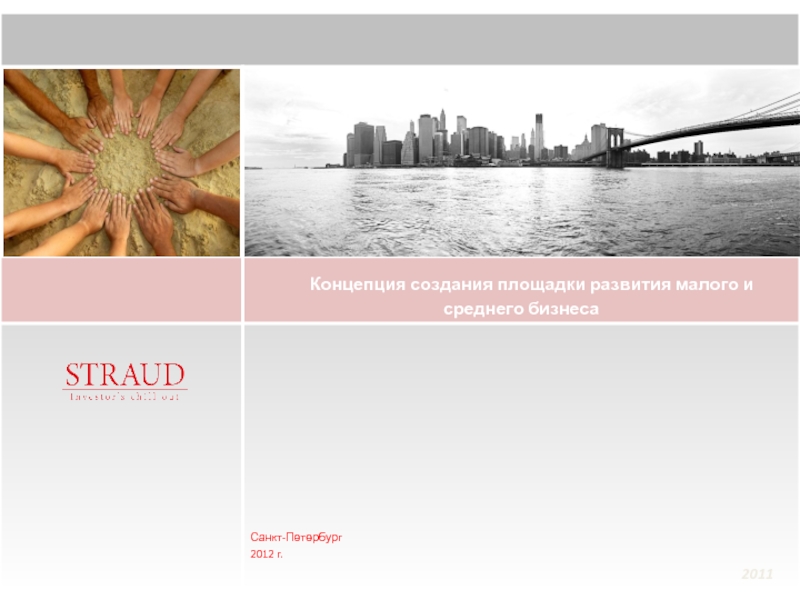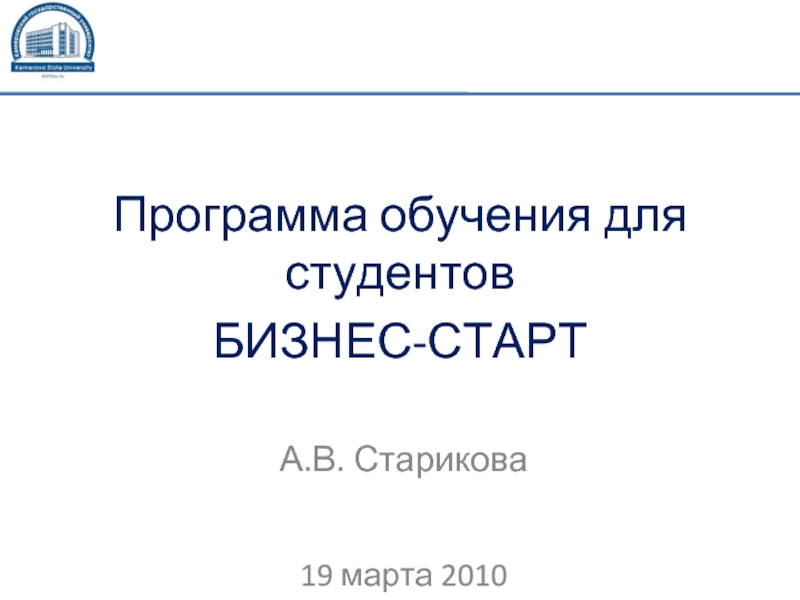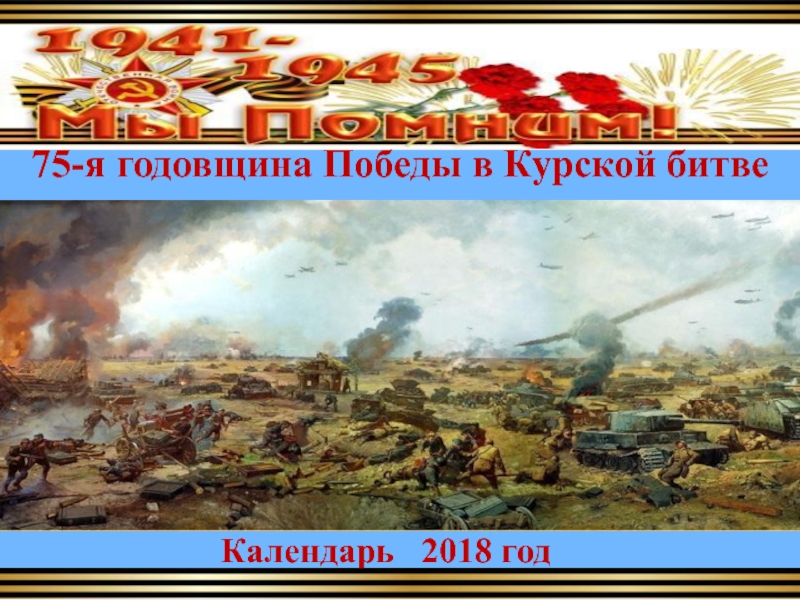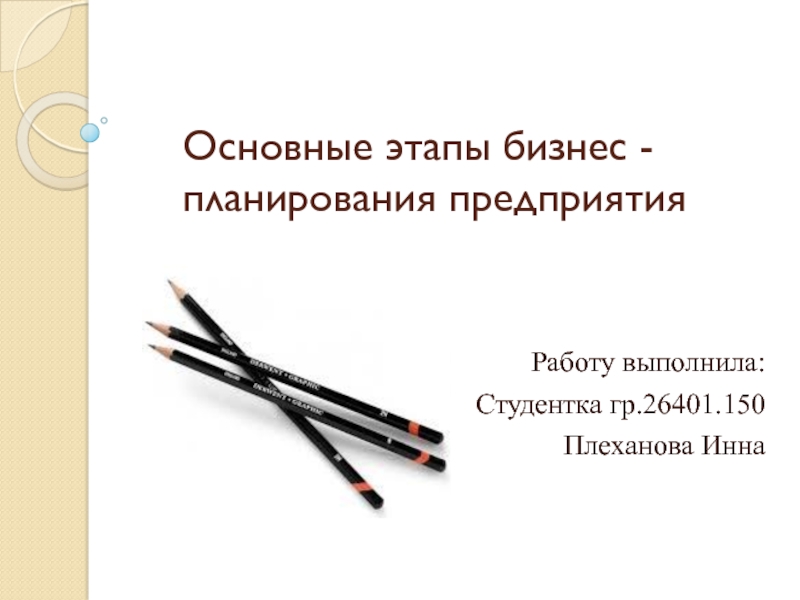- Главная
- Разное
- Дизайн
- Бизнес и предпринимательство
- Аналитика
- Образование
- Развлечения
- Красота и здоровье
- Финансы
- Государство
- Путешествия
- Спорт
- Недвижимость
- Армия
- Графика
- Культурология
- Еда и кулинария
- Лингвистика
- Английский язык
- Астрономия
- Алгебра
- Биология
- География
- Детские презентации
- Информатика
- История
- Литература
- Маркетинг
- Математика
- Медицина
- Менеджмент
- Музыка
- МХК
- Немецкий язык
- ОБЖ
- Обществознание
- Окружающий мир
- Педагогика
- Русский язык
- Технология
- Физика
- Философия
- Химия
- Шаблоны, картинки для презентаций
- Экология
- Экономика
- Юриспруденция
Business Communications (lecture 3 and 4) Team Communications презентация
Содержание
- 1. Business Communications (lecture 3 and 4) Team Communications
- 2. Formal and Informal Teams Companies create formal
- 3. Advantages and Disadvantages Talk to the person
- 4. Advantages of Teams Good teams improve productivity,
- 5. Disadvantages of Teams Groupthink – quiet members
- 6. Effective Teams What is an effective team?
- 7. Effective Teams Recognize and value each person’s
- 8. Team Communications Technology Teams can work together
- 9. Team Communications Technology Teams can work together
- 10. The Team Development Process 1. Forming 2.
- 11. The Team Development Process Forming = team
- 12. Team Roles Dysfunctional Functional Controlling: dominating others
- 13. Conflict in Teams In every team, at
- 14. Conflict in Teams John is the manager
- 15. Resolving Team Conflict Proaction – deal with
- 16. Resolving Team Conflict Fair Play – don’t
- 17. Resistance to Change Organizations are always changing.
- 18. Overcoming Resistance to Change Be understanding….be empathetic.
- 19. Communicating through Change You are corporate communications
- 20. Business Communication MGT3201 Listening Skills Non Verbal Communication
- 21. Listening Skills Test We will begin this
- 22. H
- 23. Listening Skills Practice We will complete two other short listening skills activities.
- 24. Types of Listening Content Listening – the
- 25. Types of Listening Empathetic Listening – the
- 26. The Listening Process Listening is a far
- 27. The Listening Process RECEIVING EVALUATING
- 28. Internal and External Barriers Internal Selective listening
- 29. The Listener’s Mind Our minds find it
- 30. Business Communication MGT3201 Non-verbal Communication
- 31. Non-verbal Communication What do we mean by non-verbal communication?
- 32. Examples of Non-verbal Communication Facial Expressions Gesture
- 33. Facial expressions Facial Expressions communicate how people
- 34. Gesture and Posture We show gestures mostly
- 35. Gesture and Posture Posture is how we
- 36. Personal Appearance Our clothes, neatness, grooming and
- 37. Silence or Pauses We can use silence
- 38. Touch This is more cultural. Americans and
- 39. Time, Space and Proximity Making people wait
Слайд 2Formal and Informal Teams
Companies create formal and informal teams
Formal teams become
Informal teams are established to solve specific issues and then are disbanded (e.g. project teams; team responsible for implementing a change initiative).
Слайд 3Advantages and Disadvantages
Talk to the person next to you. See if
Then we will talk about this as a whole class
Слайд 4Advantages of Teams
Good teams improve productivity, creativity and employee involvement
Sharing ideas
Increased diversity of views. More solutions to a problem can be found
Teams facilitate the building of strong professional relationships between people
Слайд 5Disadvantages of Teams
Groupthink – quiet members allow dominant members to run
Can be slow to make decisions – over consult or over debate issues
Poor performers can hide more easily in a team
When 2 people don’t get along in a team, everybody is affected
Слайд 7Effective Teams
Recognize and value each person’s unique skills and knowledge
Share the
Recognize each person’s right to have a meaningful role and input into the team’s efforts
Help each other to achieve team goals
Put the team’s goals before personal goals
Trust between individuals to do what is needed
Слайд 8Team Communications Technology
Teams can work together to communicate using shared authorship
Wikis – allows teams to update and edit information for the benefit of all others… no individual credit.
Слайд 9Team Communications Technology
Teams can work together to communicate using shared authorship
Wikis – allows teams to update and edit information for the benefit of all others… no individual credit.
Слайд 11The Team Development Process
Forming = team members come together
Storming = they
Norming = they agree on a set of operating principles
Performing = they work towards their goals
Mourning = team member leaves or team is disbanded
Слайд 12Team Roles
Dysfunctional
Functional
Controlling: dominating others by exhibiting superiority or authority
Withdrawing: retiring from
Attention seeking: calling attention to one’s self and demanding recognition from others
Diverting: focusing the team’s discussion on topics of interest to the individual rather than on those relevant to the task
Encouraging: Drawing out other members by showing verbal and non- verbal support and praise
Harmonizing: Reconciling differences among team members through mediation or by using humour to relieve tension
Compromising: Offering to yield on a point in the interest of the team reaching an acceptable decision
Initiating: Getting the team started on a topic
Information seeking or giving: Offering or seeking information relevant to questions facing the team
Coordinating: making links between ideas, clarifying, summarizing
Procedure setting: Suggesting decision making procedures that will move the team towards a goal
Слайд 13Conflict in Teams
In every team, at some time, there is likely
What causes conflict in work teams?
Is conflict always a bad thing?
Слайд 14Conflict in Teams
John is the manager of a team of 6
If you were John, how would you solve the problem?
Слайд 15Resolving Team Conflict
Proaction – deal with minor conflict early before it
Communication – Get those directly involved in the conflict to help resolve it.
Openness – Get feelings out in the open before dealing with the main issue.
Research – Seek factual reasons for the problem before seeking solutions
Flexibility – Don’t let anyone lock into a position before considering other solutions
Слайд 16Resolving Team Conflict
Fair Play – don’t let anyone avoid accepting a
Alliance – Get opponents to fight together against an ‘outside force’ rather than against each other.
Слайд 17Resistance to Change
Organizations are always changing. Change processes are one of
Some resistance to change is irrational; some resistance is logical. Either way, there will be conflict within and among teams.
Calm, reasonable communication helps to overcome resistance…
Слайд 18Overcoming Resistance to Change
Be understanding….be empathetic. Legitimize reasonable fears or complaints.
Encourage
Listen and provide feedback on complaints people have…don’t just keep stating the corporate line.
Address emotions and fears before pushing change on people. Communicate first; change second.
Слайд 19Communicating through Change
You are corporate communications manager for a large hotel
How will you communicate to all staff about this change? What methods will you use? What will be your approach?
Слайд 21Listening Skills Test
We will begin this topic by testing your listening
Take a piece of plain A4 paper and a pen.
Your task is to re-create a picture that will be described to you.
Слайд 24Types of Listening
Content Listening – the goal is to understand and
Critical Listening – The goal is to understand and evaluate the meaning of the speaker’s message. The validity of the argument; strength of evidence and logic of conclusions
Слайд 25Types of Listening
Empathetic Listening – the goal is to understand the
Active Listening – Whatever mode you are using you should be an active listener. The goal here is to engage with what the other person is saying and truly hear what they are saying.
Слайд 26The Listening Process
Listening is a far harder process than you think.
Most of us listen at or below a 25% efficiency rate.
We remember only about 50% of what is said in a 10 minute conversation and forget half of that within 24 hours.
Listening is a ‘real-time’ 5 step process…that’s why it is not easy.
Слайд 27The Listening Process
RECEIVING
EVALUATING
DECODING
REMEMBERING
RESPONDING
DECODING
Hear and acknowledge
Interpret and understand
Sort and store
Analyze and evaluate
React
Слайд 28Internal and External Barriers
Internal
Selective listening because we are:
Bored
Uninterested
Tired
Confused
Distracted
Emotional
Busy
External
Blocked by
Noise
Visuals
Language
Environment
Knowledge
Body language
Слайд 29The Listener’s Mind
Our minds find it hard to remember what we
Most people speak at 120 – 150 words a minute, but the brain has capacity for 500 words per minute. So the brain has a lot of free time when it is listening…it gets distracted and thinks about other things.
Слайд 32Examples of Non-verbal Communication
Facial Expressions
Gesture and posture
The use of silence or
Personal appearance
Touch
Time, space and proximity
Слайд 33Facial expressions
Facial Expressions communicate how people are feeling. The speaker and
Happy, sad, confused, angry, disappointed, afraid, concerned, love, dislike…all easily conveyed with facial expressions.
Слайд 34Gesture and Posture
We show gestures mostly with our hands. Politicians and
We also have hand signals…a wave for goodbye; thumbs-up for ok or great; a closed fist can be waved in anger. Folding one’s arms can be seen as defensive. Moving our head or raising our shoulders are also gestures.
Слайд 35Gesture and Posture
Posture is how we stand or sit. It is
We can stand straight or we can slouch; we can stand in a relaxed posture or sit / lean on something.
Posture says how comfortable we are with / how we feel about ourselves, the situation and the person we are talking to.
Слайд 36Personal Appearance
Our clothes, neatness, grooming and personal hygiene also send messages
Good personal appearance might suggest pride. Poor appearance might suggest disrespect or low self-esteem.
We use clothes to attract interest in ourselves, to impress others and to show how we see ourselves. Uniforms also express authority.
Слайд 37Silence or Pauses
We can use silence to show people we do
Couples often use silence as an alternative to arguing to show anger.
A pause can show someone you are thoughtful; carefully considering what they have said.
Слайд 38Touch
This is more cultural. Americans and British people usually only touch
A kiss or a handshake or pat on the back all convey non-verbal messages
Touch is used to convey intimacy and show someone you care about them. Politicians use touch to try and connect personally with others.
Слайд 39Time, Space and Proximity
Making people wait or being late conveys messages
Meeting spaces (size, design, place) convey non-verbal messages too.
Proximity or personal space is used to show how we feel. We may stand very close or keep a big distance from others when we talk.
